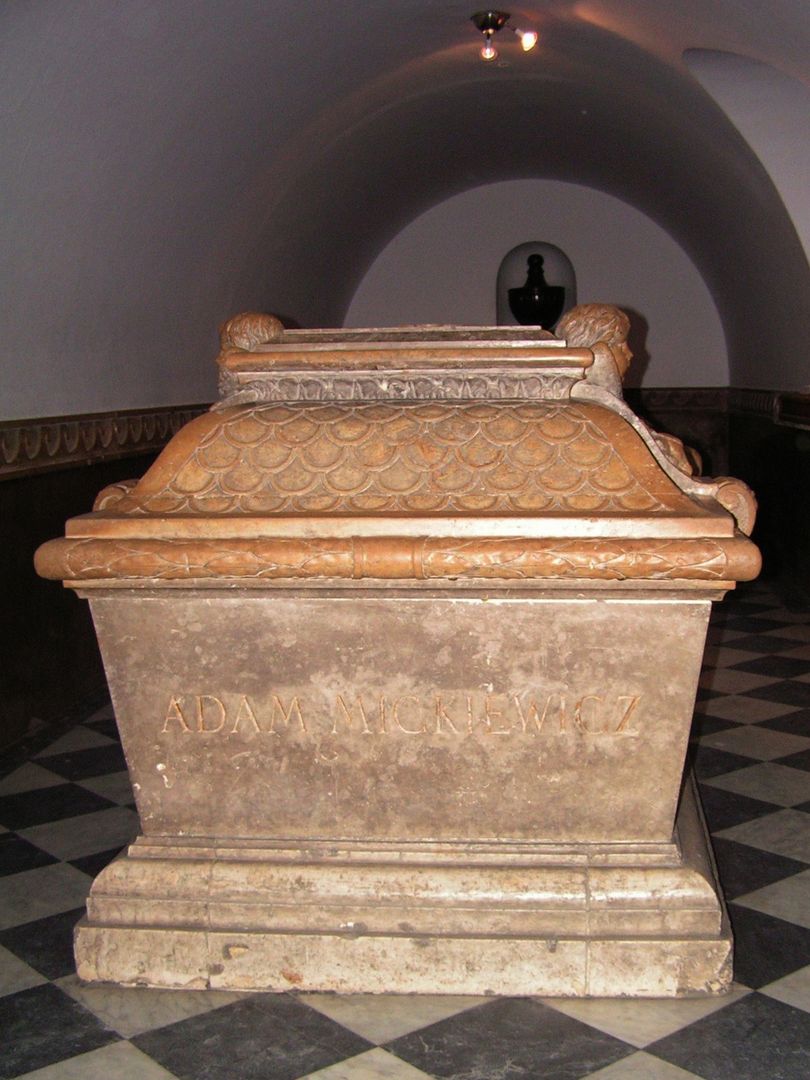Archbasilica Cathedral of Saints Stanislaus and Wenceslaus in Krakow
8.5

Overview
Wawel Cathedral, known as the Archcathedral Basilica of Saints Stanislaus and Wenceslaus, is a monumental religious site with a rich history dating back to the Middle Ages, serving as the coronation and burial place of Polish kings. The first cathedral, founded by Bolesław the Brave, was built around the year 1000. Two later Romanesque cathedrals attest to a long architectural tradition, with the second one completed in 1142. After a fire destroyed the Romanesque cathedral in 1305, construction began on a Gothic church, which was consecrated in 1364. The cathedral takes the form of a three-nave basilica with a transept, ambulatories, and three towers, featuring interiors primarily in the Gothic style, later enriched with Baroque elements. Over the centuries, the cathedral has been renovated and enhanced with chapels, tombs, and artworks, making it not only a place of worship but also a significant cultural center. The cathedral holds the remains of many important Polish figures, including St. Stanislaus, kings such as Władysław the Elbow-high and Casimir the Great, and national bards like Adam Mickiewicz and Juliusz Słowacki. An interesting feature is the crypts, which house royal tombs, including the Crypt of St. Leonard and the Crypt of the National Bards, containing the urns of the two great poets. The interior of the cathedral, developed over centuries, blends various architectural and artistic styles, with numerous paintings, altars, and sculptures adding to its unique character. The Renaissance Sigismund Chapel and Baroque elements reflect the artistic influences of different eras. The cathedral has witnessed important historical events, such as coronations, as well as destruction during invasions, making it a symbol of Poland's national identity and history. In recent years, the cathedral has hosted funerals of prominent figures, including presidents, and undergone restorations, ensuring its continued significance as a spiritual and historical center.
Location
Tickets
Powered by GetYourGuide
You can also find here:
2025 Wizytor | All Rights Reserved
